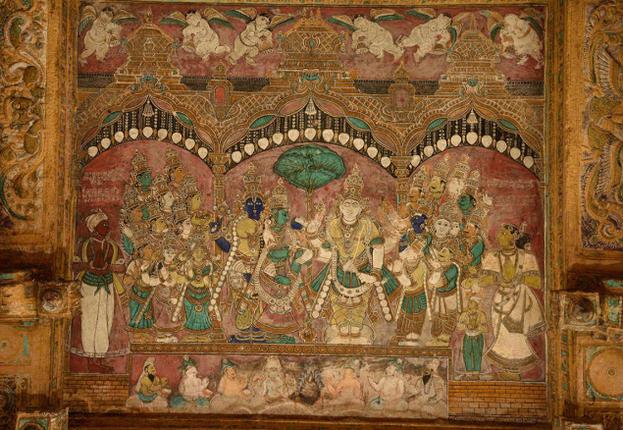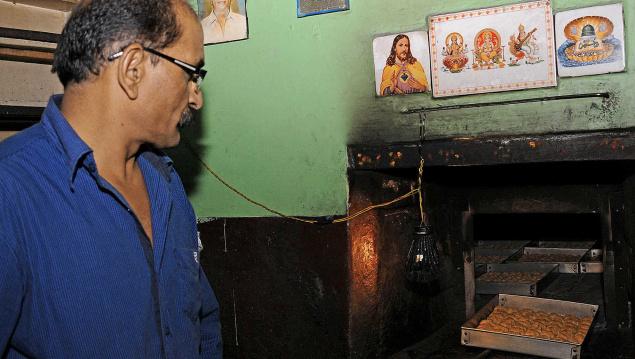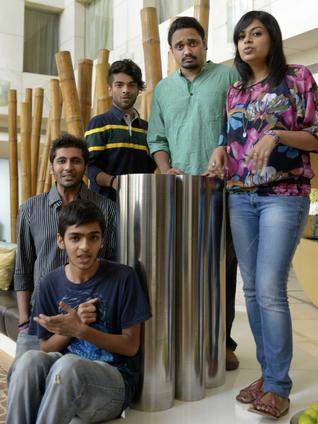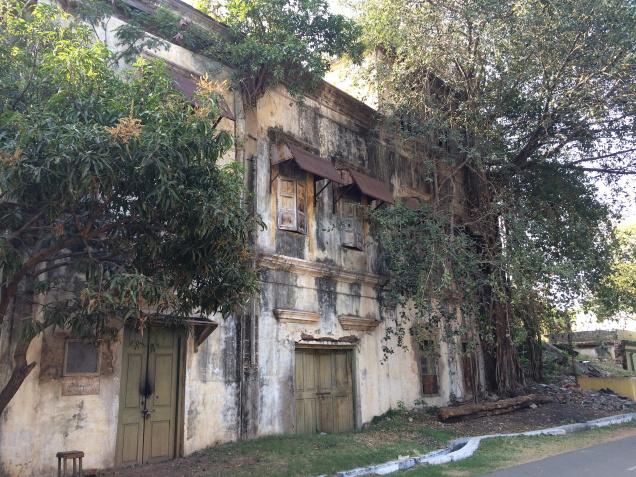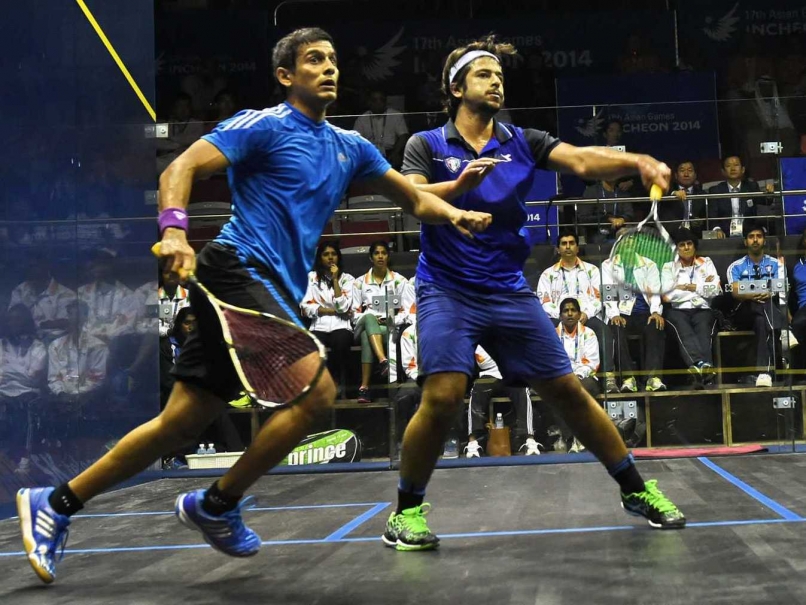Coimbatore :
A scientist at Tamil Nadu Agricultural University (TNAU) along with a Japanese professor has identified the genes responsible for barley’s ‘domestication’ that transformed this once-wild food grain into an item of mass consumption. Today, barley is the fourth most important crop in the world – both in the size of cultivation and grain production, and its high production is due to its domestication that happened 10,000 years ago.
Their two-decade-long research work was published by the journal ‘Cell’ on July 30.
“About 10,000 years ago, people identified barley as a food grain. And, then farmers started cultivating barley,” said Senthil Natesan, professor and head of biotechnology department, Agricultural College and Research Institute, Madurai.
There was a problem with the wild variety. The spikes that contain the grain were brittle in the wild variety. “This brittle nature breaks the spike, and the grain falls on the ground. While this is essential for the proliferation of the crop, this made harvesting difficult,” said Takao Komatsuda, senior researcher in the National Institute of Agro-biological Sciences (NIAS), Tsukuba, Japan. Komatsuda is the principle researcher in this project.
The wild variety underwent domestication, which helped farmers in cultivating barley. “Barley domestication occurred twice. The first was a natural mutation in one gene (Btr1), while an independent mutation in the other gene (Btr2),” said Senthil. This domestication resulted in the cell wall thickening, that induced flexibility in the spikes. “And, the spikes developed a non-brittle nature, and this prevented the grains from dispersing on the ground,a major relief for farmers,” said Senthil.
Takao Komatsuda, during his initial years at NIAS, thought that mapping of brittleness in barley would resolve the key phenomenon behind the barley domestication. “In Okayama University, 60 years ago, two of the genes (Btr1 and Btr2) essential for grain fall in wild barley were discovered. Many scientists working on wheat and barley research were interested in the subject, but it was hard to initiate the project to identify these complex traits responsible for barely domestication,” said Komatsuda.
The research work began in late 1990s and was completed a few months ago, said Komatsuda. Senthil started his career as assistant professor at TNAU in 1995 after competing his PhD. “I wanted to pursue my postdoctoral research, and came across the NIAS. I applied for the fellowship, and was fortunate to have been selected for the Japanese government-sponsored research programme,” he said. I visited Japan in 2002 for six months and in 2006 for one year to participate in this research work.Komatsuda and Senthil, along with the fellow researchers, mapped the genes responsible and identified the genes that were responsible for the domestication of the crop. “We also studied the cell wall morphology under scanning electron microscope and transmission electron microscope,” said Senthil. The major part of the research work was carried out at NIAS. And, the Japan Science and Technology Corporation (CREST), Japanese Society for Promotion of Science (JSPS), the German Science Foundation Priority Programme SPP1530 and the Australian Research Council along with NIAS have funded the project.
Komatsuda, who has pursued extensive research on barley, plans to take this research forward. “Identifying new traits such as disease resistance, quality in the production of beer depending on breeding lineages will be the areas of future research. Also, the origin of cultivated wheat will be studied using the similar genes isolated in this study,” he said.
source: http://www.timesofindia.indiatimes.com / The Times of India / Home> City> Coimbatore / by Adarsh Jain, TNN / August 03rd, 2015

